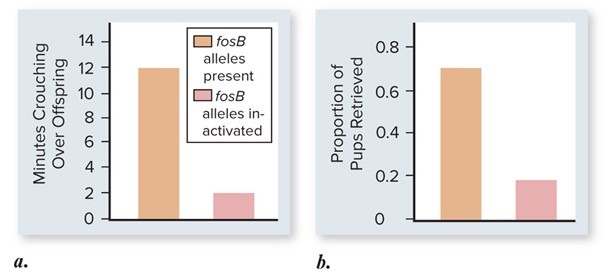The defense response triggered by the mixing of two incompatible blood types is called
a. coagulation.
b. agglutination.
c. dehydration.
d. phagocytosis.
e. opsonization.
B
You might also like to view...
What is the general global pattern of species richness?
A. Increasing from east to west across continental land masses. B. Increasing from polar areas towards the tropics. C. Increasing from tropical seas into temperate forests. D. Increasing from the tropics towards polar areas. E. Increasing from clay soil types into organic soils.
In a particular county, there are 30 births and 20 deaths for every 1000 residents. What is the annual growth rate of this population?
A) 3.0% B) 10% C) 1.0% D) 30%
How does the large amount of genetic variation observed in prokaryotes arise?
A.) The mutation rate in prokaryotes is much higher than in eukaryotes. B.) They have extremely short generation times and large populations. C.) They can exchange DNA with many types of prokaryotes by way of horizontal gene transfer. D.) They have a relatively small genome. E.) The second and third answers are correct.
Which of the following is an appropriate interpretation for these graphs? Maternal care (as measured by minutes crouching over offspring and proportion of pups retrieved) in female mice that have the fosB allele is
Maternal care (as measured by minutes crouching over offspring and proportion of pups retrieved) in female mice that have the fosB allele is
A. not possible to determine from the data. B. the same as the maternal care given by female mice without the fosB allele. C. less than the maternal care given by female mice without the fosB allele; however, the graphs depict only minor differences, which are most likely not significant. D. less than the maternal care given by female mice without the fosB allele. E. greater than the maternal care given by female mice without the fosB allele.